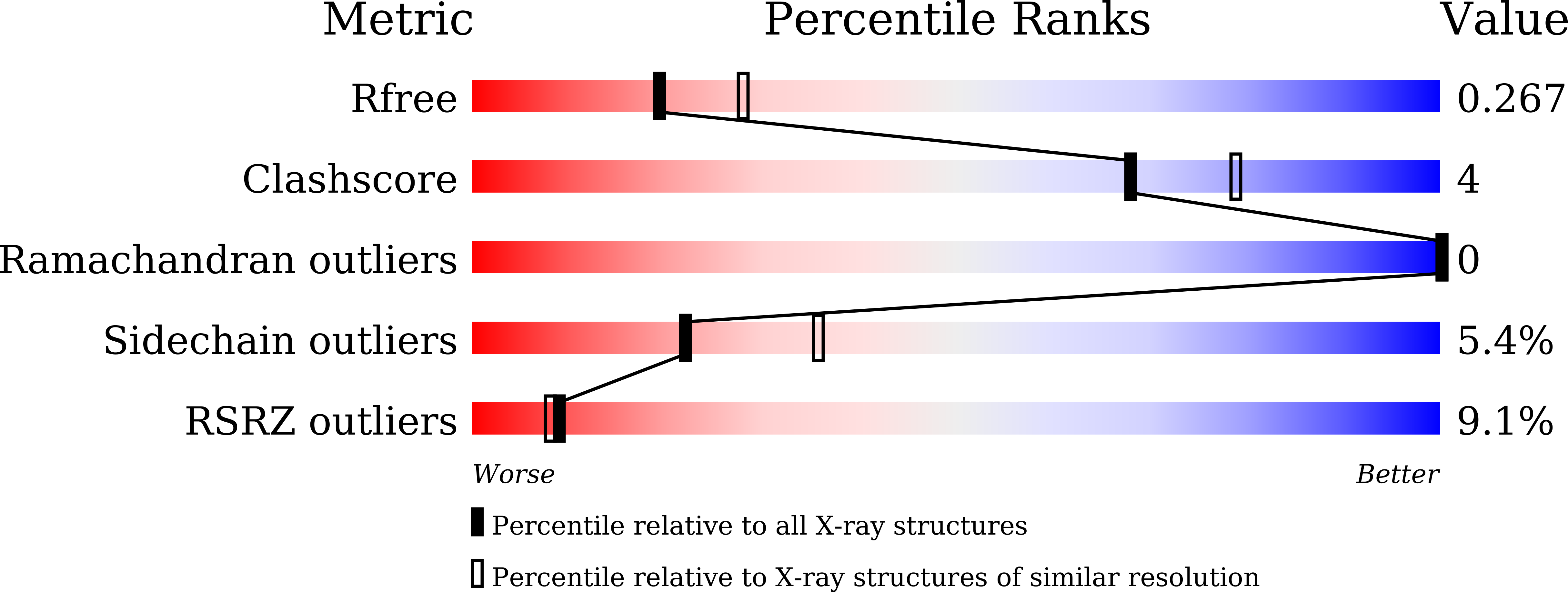
Deposition Date
2021-05-01
Release Date
2022-04-27
Last Version Date
2024-10-16
Entry Detail
Biological Source:
Source Organism:
Streptomyces griseoluteus (Taxon ID: 29306)
Host Organism:
Method Details:
Experimental Method:
Resolution:
2.40 Å
R-Value Free:
0.26
R-Value Work:
0.24
R-Value Observed:
0.24
Space Group:
C 1 2 1


